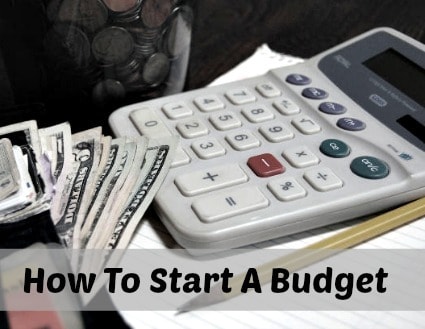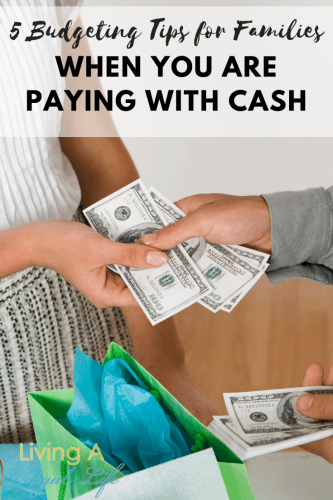How to Make a Budget

While there are lots of people who use budgets, I get the question often about how to make a budget. It is very intimidating when you need to get started making one.
I think this is the hardest part of budgeting. You never feel like things are what they should be. But just like couponing, practice makes perfect when it comes to budgets. The more you budget the easier they are to get done.
Our first budget took over an hour to get set up. Multiple times we had to get back on track because neither of us really wanted to do the work to get to it. So in the end I made the budget then we sat down and talked about it. We decided it was a much better way of doing it. I make the basic budget and then we discuss and tweak. This prevents much of the back and forth adjusting that took so long before.
When you are first setting up your budget, you need to have a few things; a current bank statement with your expenses on it, your NEEDS (house, water, food, clothing), any bills you have to pay, and a list of wants that you would like to add to the budget.
How to Make a Budget
- Make a list of needs first and the amounts that you need to spend for them. Then add them together and see how much you have left each month to divvy amongst the rest of the stuff on your bills and wants list.
- The bills come next on your list. These are things you are working to pay off each month so you don’t have debt. Add those items and the amounts you need to put towards them on your paper. When you finish that category add that up and deduct that from the total income you have. If you have none of those skip that step.
- The last thing you will add to your budget is the wants list. Put these in the orders of most important to least important. Start at the top of the list and move down until you have no more income left to add to the budget. Include what it is, the total amount you are saving for the item, how much you have left to save and the amount that you are saving this month. This will help you see how long you have until you accomplish your goal which motivates you to stay out of debt. If there are still items on your list put your list aside to use on later budgets. The stopping point is very important. It is this step that keeps you out of debt. You only get what you can afford.
When you finish this step you have your first budget. Congrats!!!! If this is your first time on a budget I suggest you look at it once a week to be sure you stick to it and so you can tweak it as needed. Just be sure you don’t go over you income amount in your budget. A budget isn’t a budget unless it is balanced.
Do you have any suggestions for starting a budget? Please share it in the comments!



Set up the budget for a year at a time. I have been keeping a budget for almost 50 years (i’m 71 now) At first it was kept in a small spiral binder kept in my purse so I could have access to it at all times. This also allowed me to keep track of out of pocket unexpected expenses (this was also before computers and smart phones – wow, am I dating myself or what!). A budget is a plan for spending and saving but it is not carved in stone and so we must be flexible.